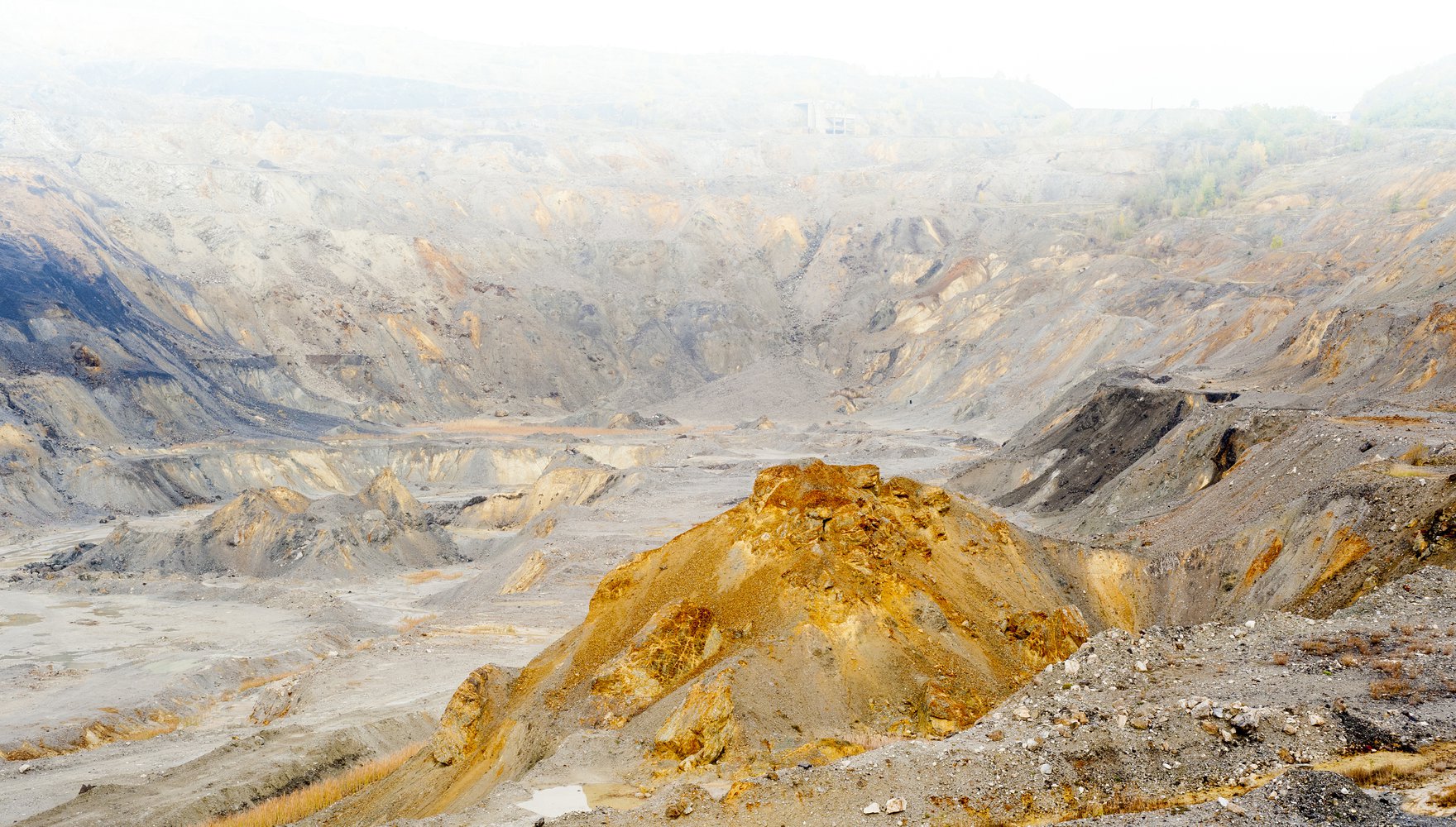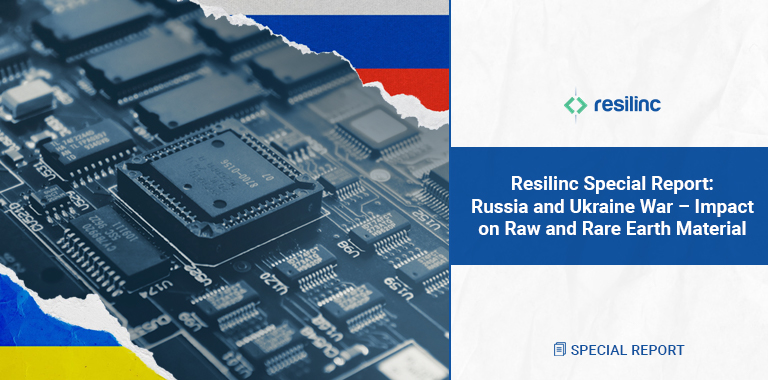On March 31, President Biden ordered the U.S. secretary of defense to “create, maintain, protect, expand, or restore” domestic production of critical minerals such as lithium, nickel, cobalt, graphite, and manganese. Not only are these minerals necessary for a wide range of products and industrial processes, they are also essential for a transition to low-carbon energy sources (along with rare earth elements). The International Energy Agency recently estimated that demand for these five minerals and rare earth elements will grow ten times by 2040 in a baseline scenario based on current government policies—and by 30 times in a scenario with more aggressive policies.
Warning that the U.S. depends on “unreliable foreign sources” for these and other “strategic and critical” materials, the president invoked the Defense Production Act (DPA), which was enacted during the Korean War.
How effective Biden’s invocation of the DPA—which followed the administration’s February release of a memo updating its efforts to revitalize domestic manufacturing and supply chains for a broad array of vital materials and products—is an open question.
Take rare earth elements (REEs), for example. They’re essential for smartphones, electric motors, military hardware, and many other important products and industrial processes—and demand for them will increase dramatically in the next 20 years as the IEA notes. And they’re also notoriously difficult and toxic to mine and refine.
The U.S. went from a position of global dominance in REE supplies in the 1990s to heavy dependency on China within 10 years, according to Defense News. In 2002, after the only major U.S. REE supplier, California’s Mountain Pass mining company, went bankrupt, the federal government and U.S. manufacturers decided to source REEs from foreign countries. “China happily obliged, allowing environmental harm to proliferate so long as the costs of rare earth mining were kept down,” wrote Defense News’ contributor Jeffery A. Green.
Private investors and the Department of Defense revived Mountain Pass—renamed as Moly Corp—in 2008. But within six years, the firm’s technology proved inadequate, its pricing too high compared to Chinese suppliers. Molycorp went bankrupt in 2014, selling its assets to a Chinese owned firm.
The firm has been revived again as MP Materials. According to its 2021 annual report, MP Materials supplied 15% of global demand for REE concentrate—a raw material that is typically processed by refiners in China. MP is investing refining capacity at its California mine and a Fort Worth, TX, facility that will supply “U.S.-sourced and manufactured rare earth materials, alloy and finished magnets” for GM’s emerging Ultium Platform of battery electric vehicles, according to the report.
While MP Materials’ recent progress is encouraging, given the economic and environmental challenges inherent in mining and refining critical minerals and REEs, building supply chains that aren’t dependent on China will be a “very long-term project,” according to Shahzaib Khan, Resilinc’s senior director and leader of CommodityWatchAI, which tracks supply and pricing trends for cobalt and other commodities.
“There are two major factors to reshoring these industries,” said Khan. “The first is where they are mined and extracted and the second is where they are refined or smelted. For mining and extraction, the United States has a lot of capabilities, although major investments are needed to increase our capacity.”
MP Materials’ investments notwithstanding, Khan avers that U.S. manufacturers and federal government procurement policies should focus on allied nations, including those in the Western hemisphere, for refining and processing. “It’s very unlikely that the United States can develop the domestic refining and processing capacity that will be needed to meet growing demands for rare earth elements and critical minerals. We should be looking at opportunities in Central and South America, Eastern Europe and elsewhere.”
This approach of developing regional supply chains in countries that are reliable U.S. allies is sometimes called “ally-shoring. One model for this is the United States’ defense trade cooperation treaties with Australia and the UK; Another is the cooperative work between the U.S. and Canada on critical minerals production.






